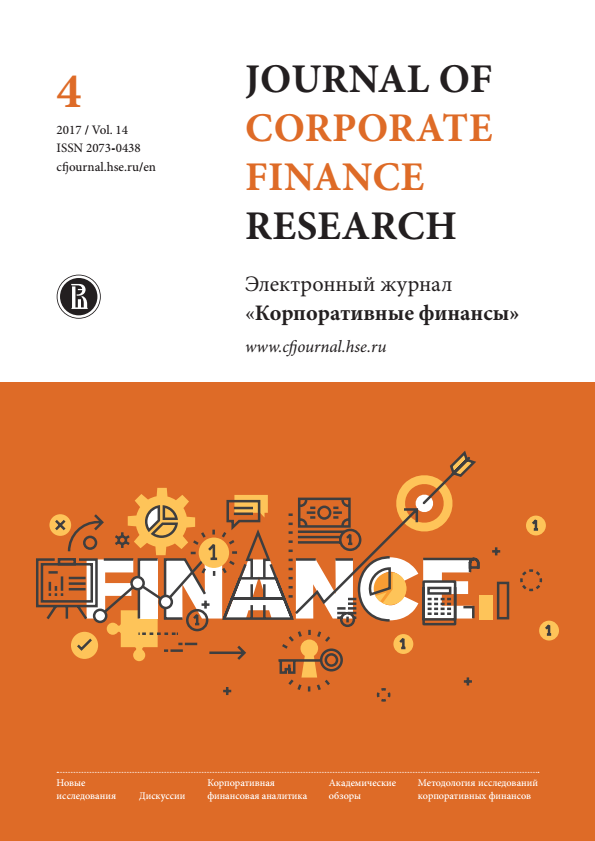The Determinants of a Commercial Bank Liquidity Buffer
Abstract
The necessity for a deep understanding of high liquidity creation, liquidity management and an awareness of factor determination, which has an influence on the liquidity buffer as created by the banks, opens wide opportunities for research in this field. This paper empirically examines how internal bank characteristics and macroeconomic conditions affect high liquidity creation in the bank system. Using bank level data, we analyze the impact of different factors on the liquidity buffer as created by commercial banks. The regression results indicated that bank size and the sustainability of bank sources reduce the amounts of liquid assets on the bank’s balance sheet. On the other hand, a return on assets and credit risk ratios increase the size of the liquidity buffer because banks increase the loan volume and they are supposed to have a high level of loan losses by trying to invest more resources in highly liquid assets. No convincing statistical proof was found for the theoretical hypothesis that the influence of the bank ownership, whether state or foreign-owned, or the deposit insurance coverage are significant. We find that macroeconomic conditions (GDP growth, funding rate, crisis) are also significant for the liquidity statement of Russian banks. The finding suggests that the process of creating the liquidity buffer is procyclical, meaning that banks accumulate liquidity in times of economic recovery and spend it during a crisis period. The assessment method and research results, elaborated by the authors, might be a field of practical interest for both liquidity bank management and regulators, who are responsible for the stability of the entire bank sector.

